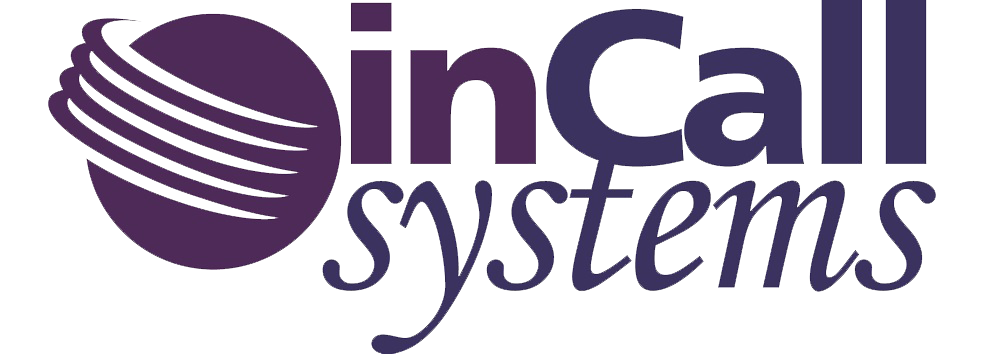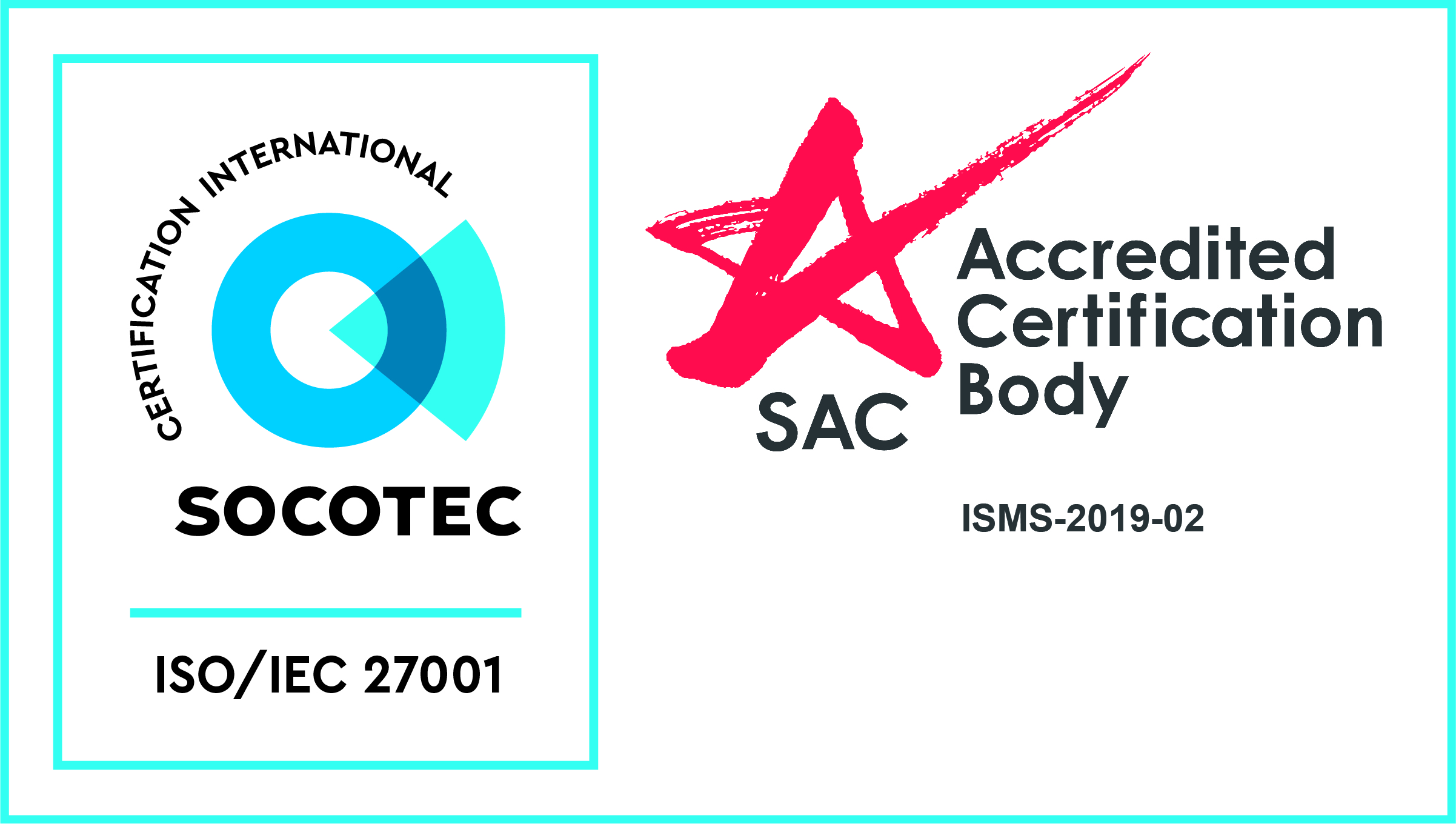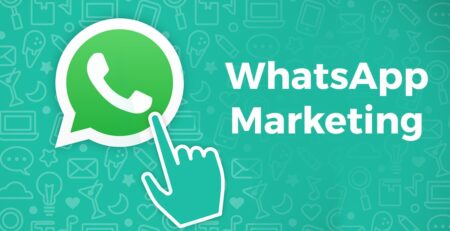Got A Product Launch Coming How Do You Even Begin Planning?
You spent months creating a new product. You did market research and hired professionals to ensure that your product was relevant to the target audience. Now, after spending that time and money, you are ready to introduce it to the audience. That is the easy part, right? Or is it?
A Harvard business review concluded that 30,000 products are launched yearly, and only 5% succeed at getting attention. These figures are not to demotivate you but to prepare you for a successful product launch. To ensure your audience appreciates your product, you must develop a product launch plan.
10 steps to plan for a fruitful product launch
The product launch plan includes understanding your market niche and building a comprehensive marketing strategy. We know it sounds daunting, so we have done the heavy lifting for you. This article outlines the 10 major steps leading to a product launch that makes a difference.
1. Know Your Audience
The most crucial step that determines your marketing plan is knowing your customer. You need to know how your product adds value to them. For that, the first step is to reiterate your aim for the product. What do you want to achieve with the new product, and how useful is it for the customer? The next step is doing a market survey to understand your customers’ personalities and cultural nuances. This information will help you design a launch that speaks to the customer, and they can value your product.
2. See what your competitors are doing
Once you know your audience, it is time to know your competitors. Look for brands and products in the market that are like yours. See how they present their product and how customers are responding. To ensure your product gets attention, it should stand out or offer something different than existing brands. Knowing about a similar product will help you dig your unique advantage, which will be your core selling point. Knowing your competition also helps evaluate your branding strategy and opens your mind to innovative ideas.
3. Work on your product image
Your product can be very useful, but it will lose the spark if it doesn’t appeal to the audience. Add personality to your product by adjusting it to the customer’s needs. This depends largely on the demographics of your potential customer. The best way to make your product interesting is through audiovisuals and graphics. Hire professionals to create a teaser for your product that highlights the features while connecting with your targeted age group.
4. Build a calendar to launch
Launch determines the trajectory of success for your product. It is essential to have a structure in it. If you are outsourcing business lead generation services, ask your agency to create a calendar for launch. This has the date for launch and pre-marketing events leading to it. A calendar helps you systematically post about products. It also helps you prepare for future events instead of working haphazardly.
5. Spike curiosity in the customers
Pre-marketing tactics before the launch help increase awareness about the product. It also spikes curiosity in customers as they try to guess the final product and what it entails. Create appealing teasers about your product, revealing only enough to make customers guess. You can also involve customers in these campaigns by setting prizes to guess. The Instagram poll is a great tool to engage an audience and increase anticipation for your product.
6. Use various mediums for marketing
There are numerous marketing tools, and each catches attention differently. Whether you have an in-house marketing team or outsource to telemarketing lead generation companies, you should have a strong branding campaign. You can create a social media account for your product on Facebook and Instagram. These mediums increase awareness and are great platforms for dropping teasers. Email campaigns also work wonders as they land directly in customers’ inboxes. A holistic marketing campaign that uses multiple platforms is essential to get the message across before the launch.
7. Benefit from top influencers
Influencers lead the show these days. Regardless of how big or small your business is, collaborate with influencers in your niche. This helps reach a broad audience that your brand may not be able to target alone. It is important to connect with influencers that are relevant to your product. If not, then people start doubting your product and dismiss its credibility.
8. Have plans B, C & D
It is essential to think of the worst and plan rather than panicking at the last minute. Before the launch, rule out any variable that can ruin the event or leave a bad taste in the audience’s mouths. Work with your marketing team to create backup plans to ensure minimal damage. Having this discipline will enable you to be proactive. Have manpower in all departments on alert to cater to customer needs, as the first impression can be a game-changer.
9. Have a proper launch event
Once you have managed the backstage work, it’s time to prepare for the launch event. Your event can be in real life or virtual. If you have an in-person launch, ensure you send out invites to all the famous people in your niche. Also, choose the venue strategically, so it doesn’t outshine your product. For real-life launches, it is always a perk to have a special guest who is loved and appreciated by the audience.
For virtual events, have a countdown on your social media and set a fixed time for launch. You can also create interest by offering discounts in the first hour of the product launch.
10. Improvise a plan and accept feedback
Once you have launched the product, it doesn’t end there. You should gain insights about the whole process and keep that in mind for future developments. You should also engage the audience to gain their feedback on your product. The response of people serves as a baseline for your next product. It also helps you improve and learn from your mistakes and shortcomings.


























Leave a Reply